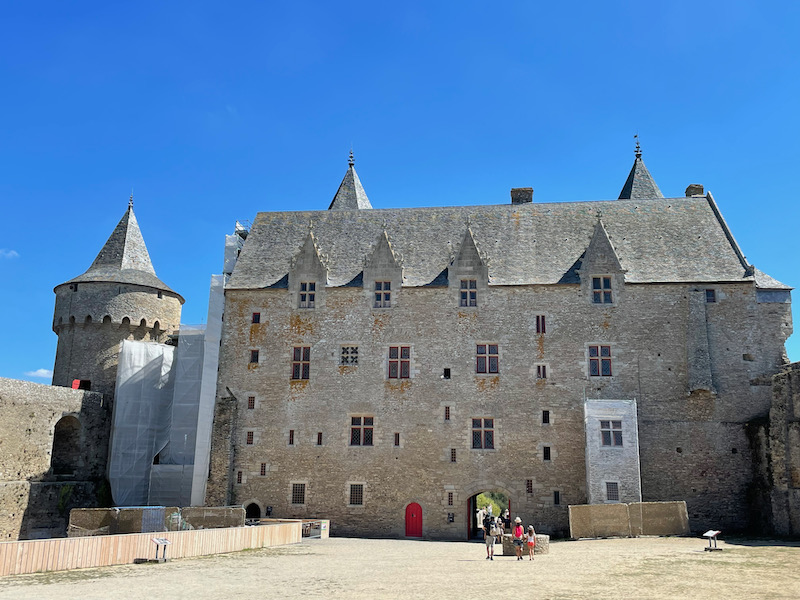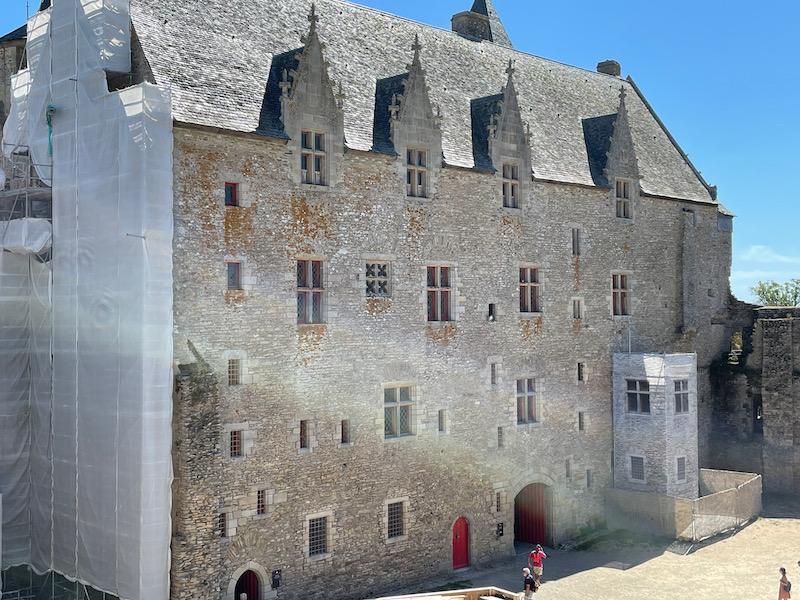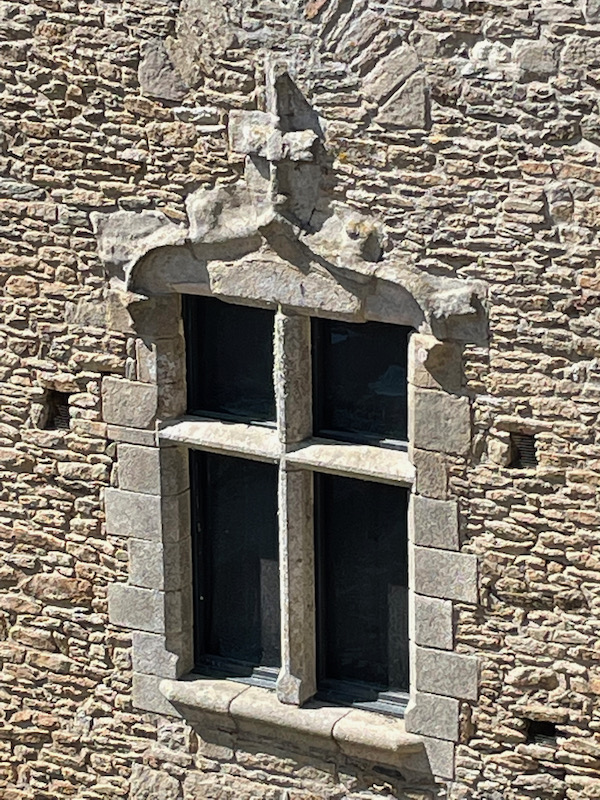Our Blog - Château de Suscinio , Sarzeau, France
We had stopped by Château de Suscinio last year but didn't have enough time to tour the castle, so we made sure that we allocated time this year.
Designed to be a place of leisure, between the seaside and a forest full of game for hunting, the castle's first seigniorial house dates from the beginning of the 13th century. It was fortified and enlarged at the end of the 14th century and remained with the Dukes of Brittany until Brittany became part of France in 1514. It was slowly abandoned and part of it was destroyed in the 16th century. During the 17th and 18th centuries, the castle was used off-and-on as a stone quarry until the French Revolution, and then it was sold to a merchant who continued to sell the stones.
The Château de Suscinio today offers the image of a large 16th or 17th century residence, after major restoration. It is surrounded by a moat and flanked by 7 towers. The entrance is protected by two large towers (Tour saint-Nicolas and Tour des Salines) and a drawbridge (which is now a fixed bridge). As you can see, the restoration isn't complete and some of the towers still remain in their semi-ruined state.
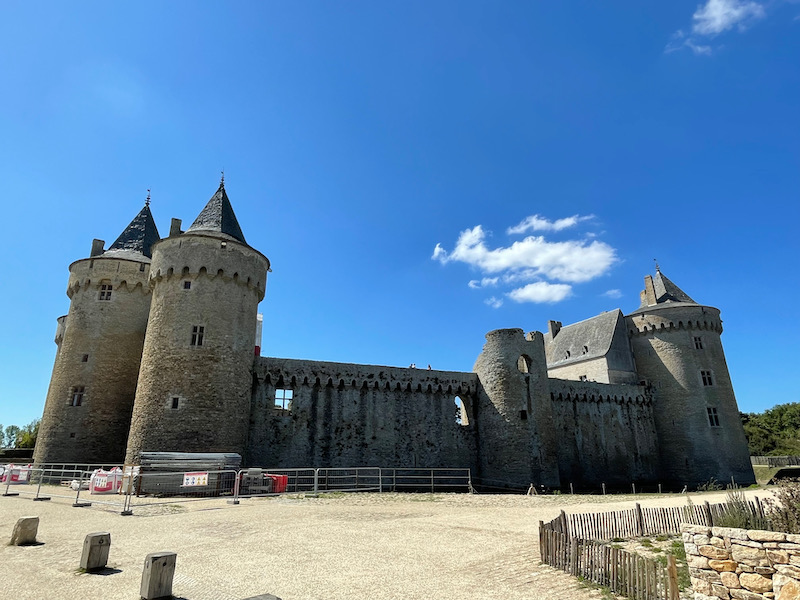
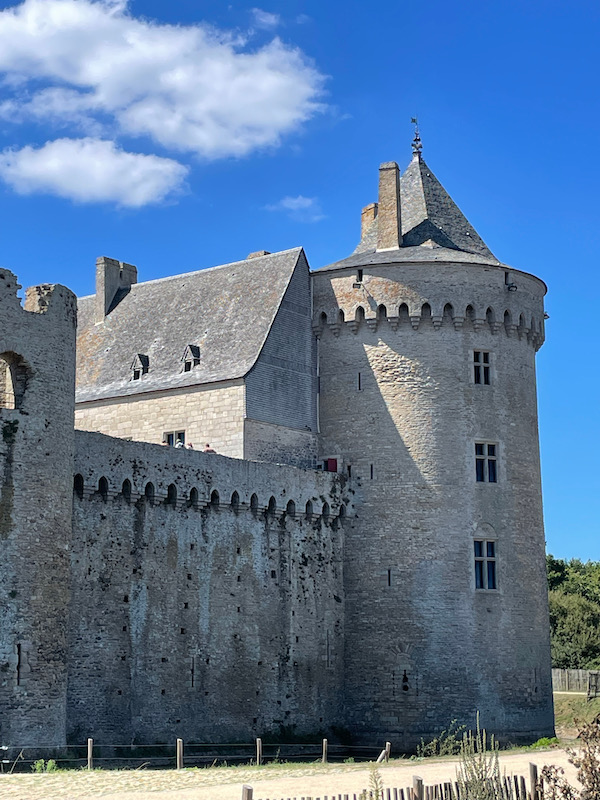
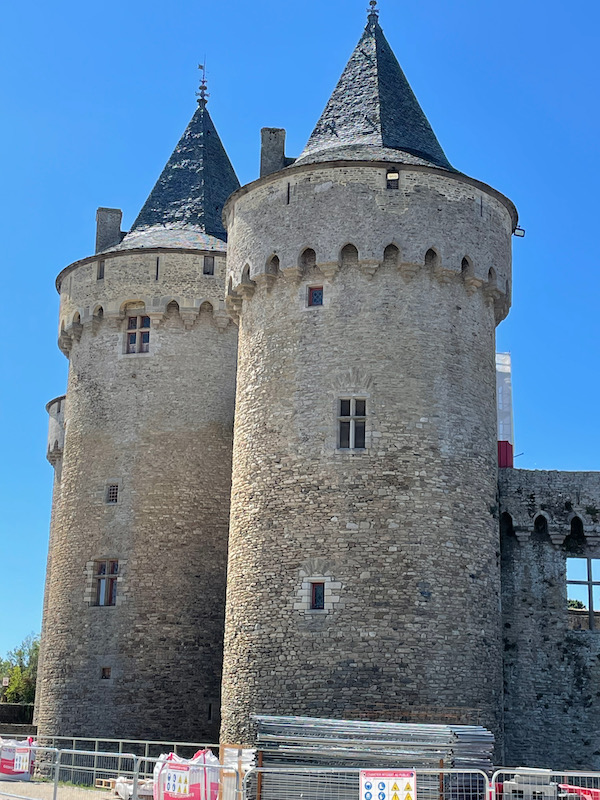
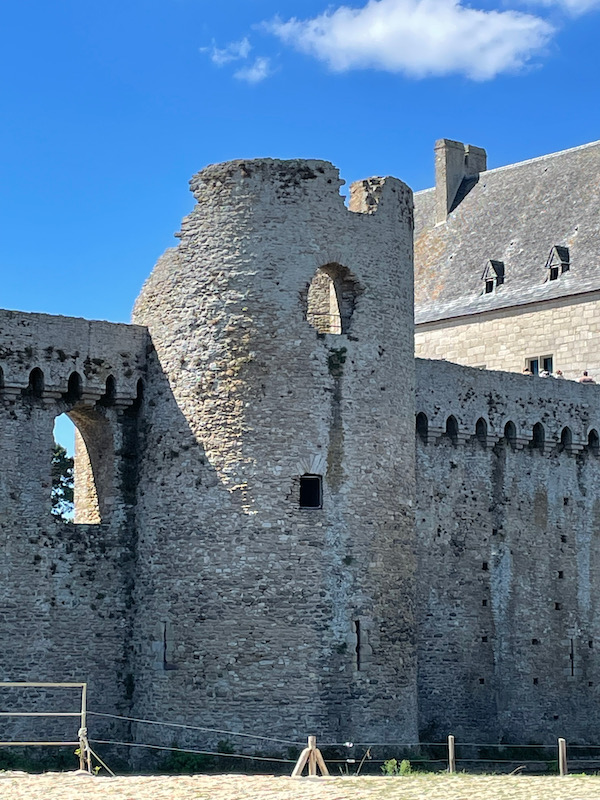
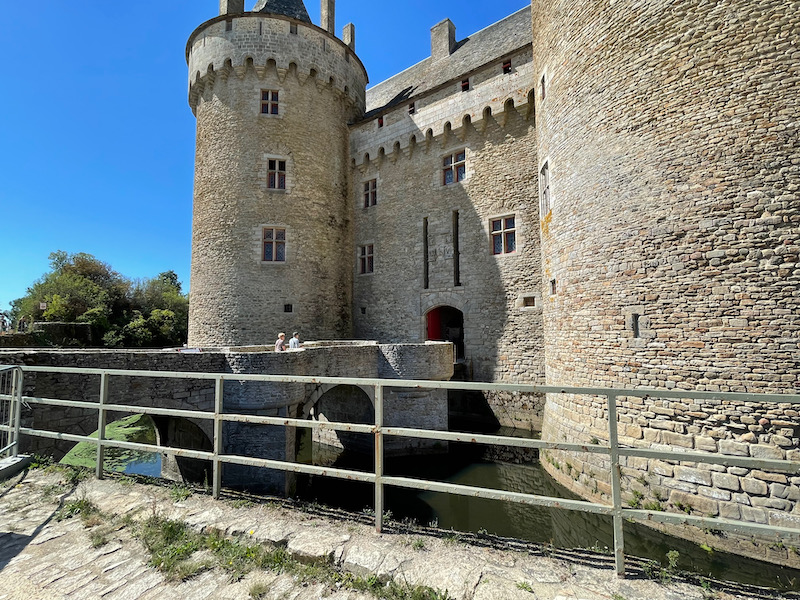
I like when castles have models that show the progression of the building through time. Around 1340, the chateau had several different building types. There were the 7 towers along with the residential building on up against the North wall.
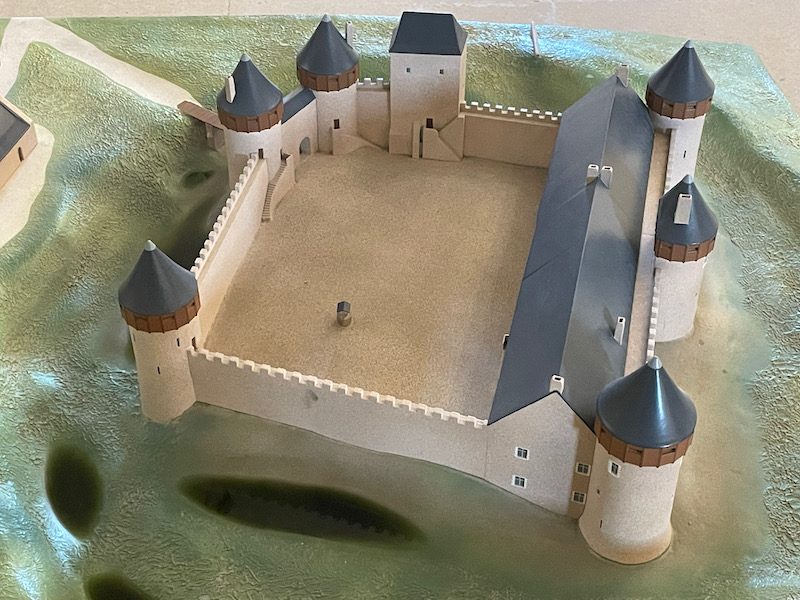
Another 100 years later, additional buildings have been added by Jean IV and his successor, Jean V.
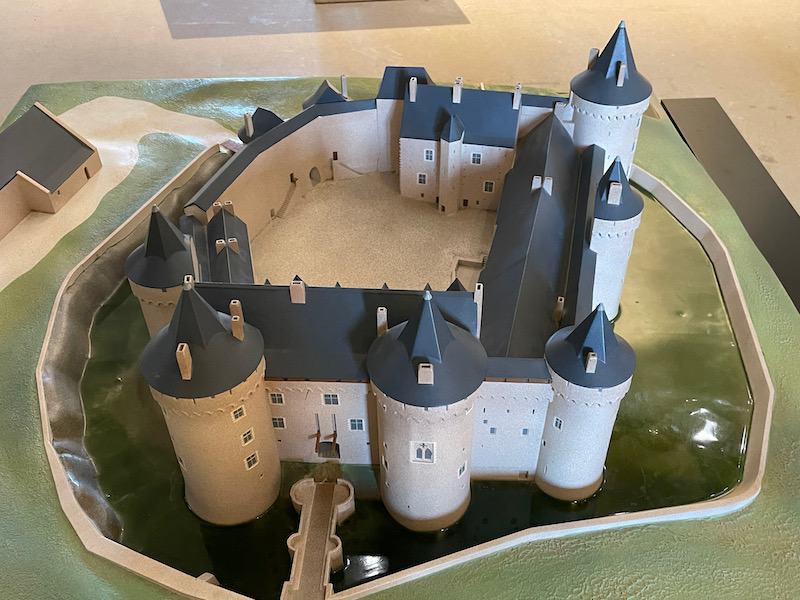
After being abandoned for 150 years, during which the roofs, windows, and other elements disappeared, the chateau has been partially rebuilt to be what it may have been at the end of the 16th and beginning of the 17th century.
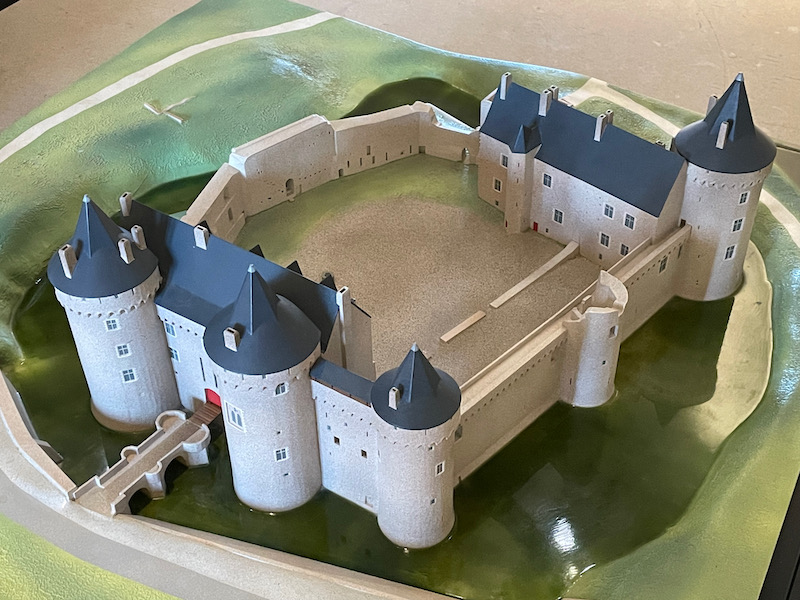
A few various pictures of the rooms within the reconstructed lodgings, including the Oratory. Some of the rooms contain displays with pottery, stained glass, and tiles. Lucy was checking out the seats built into the window bays.
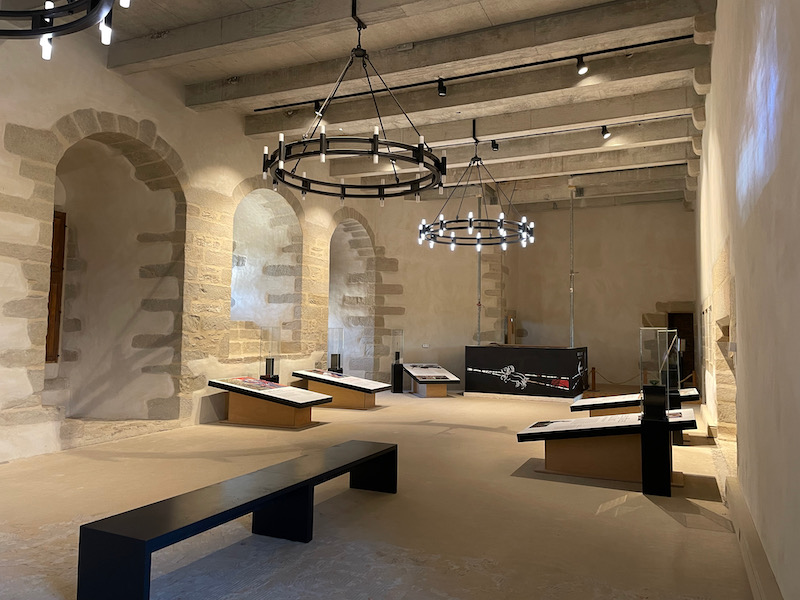
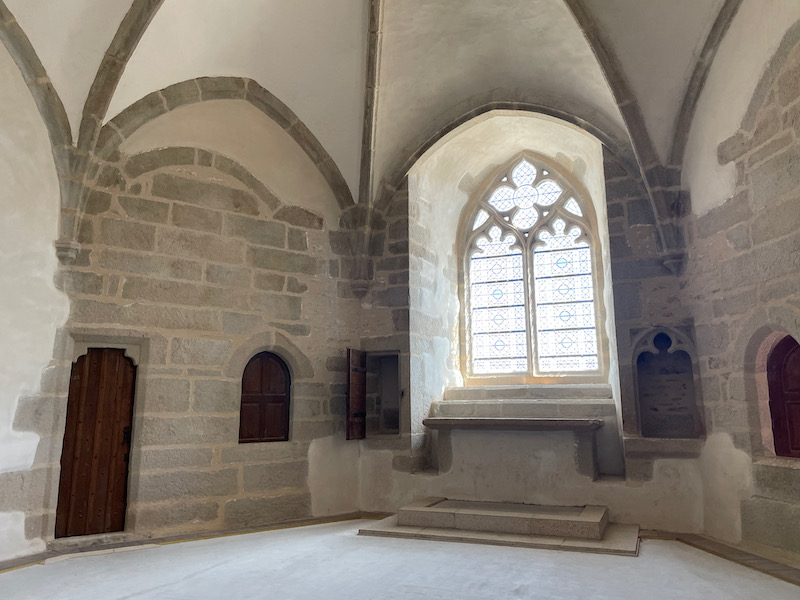
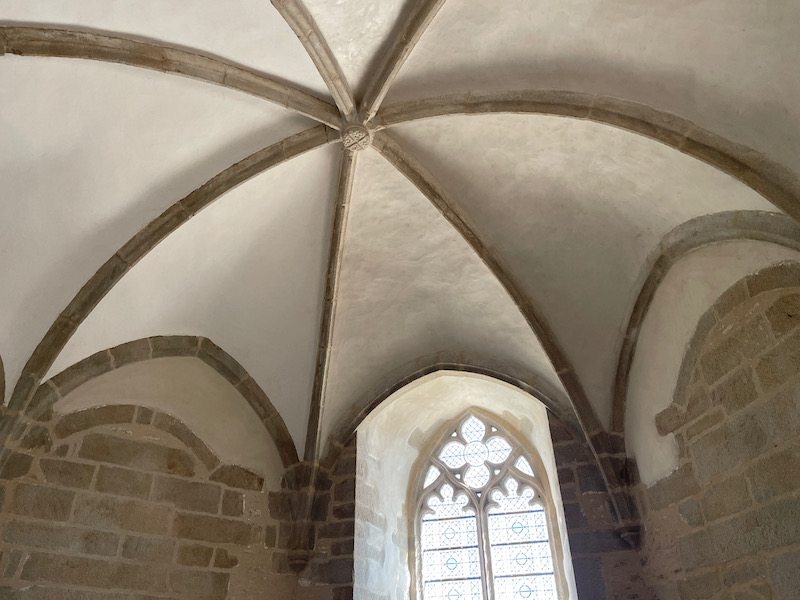
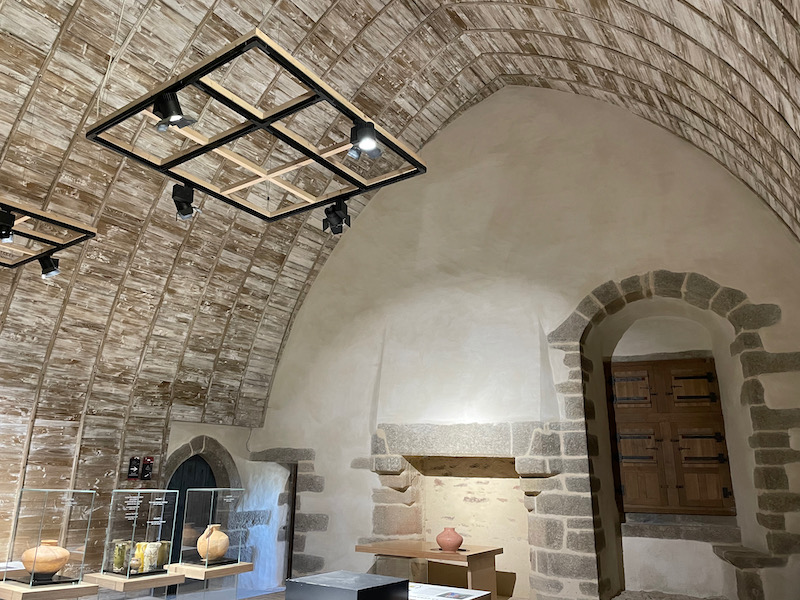
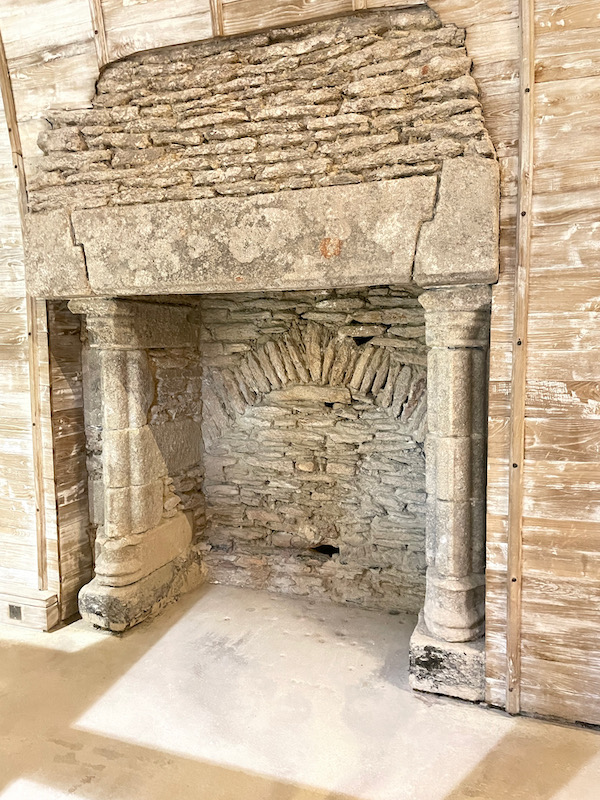
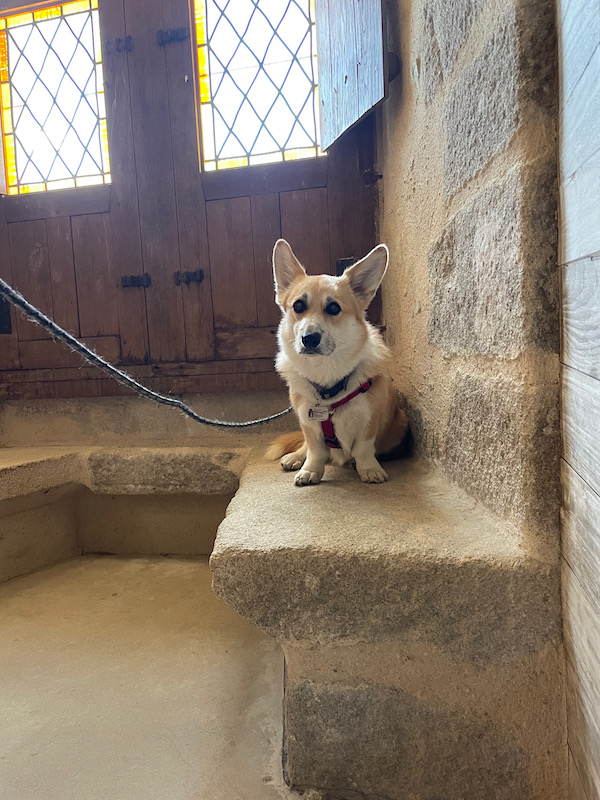
This was a display of the various tile patterns used within the castle.
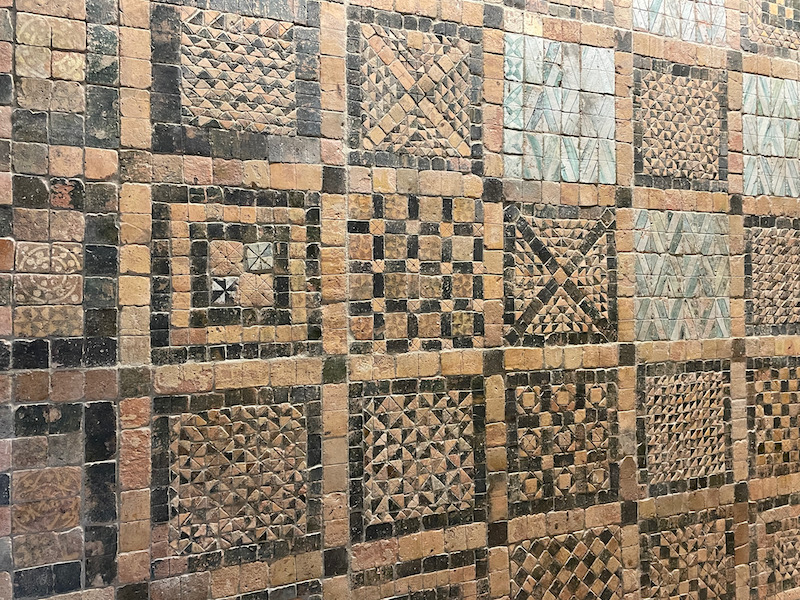
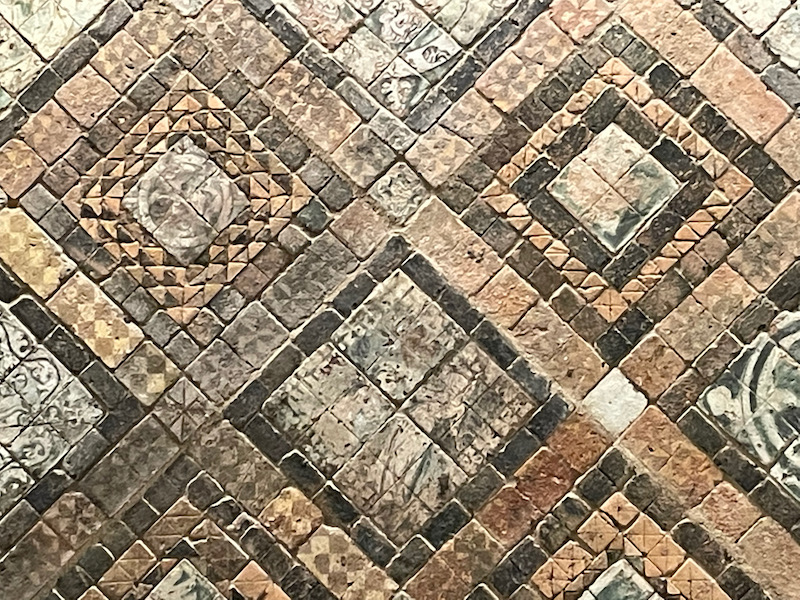
These are fragments of stained glass windows from the 15th and 16th centuries.
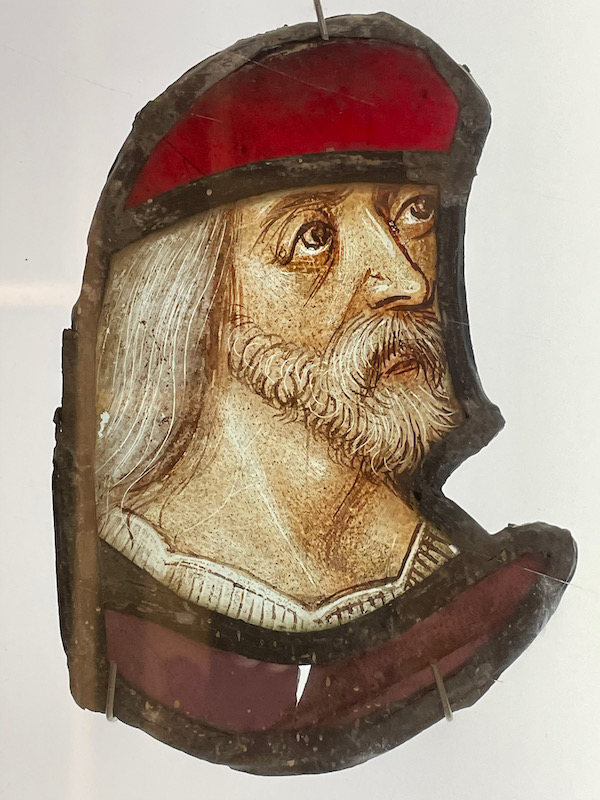
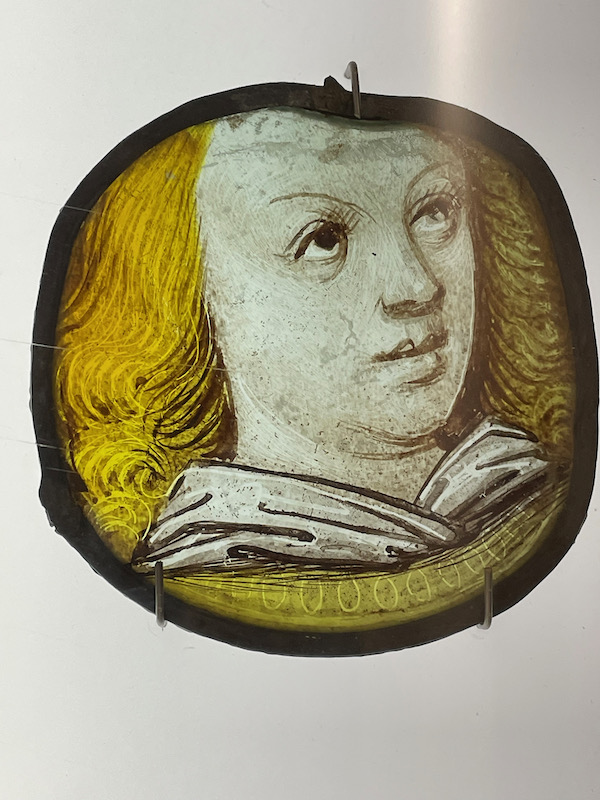
Part of the defenses was a parapet walk, where soldiers could go around the top of the entire castle wall. Then we popped out to get a peek at the moat and the lake on the other side. We walked from this part over to another building on the other side.
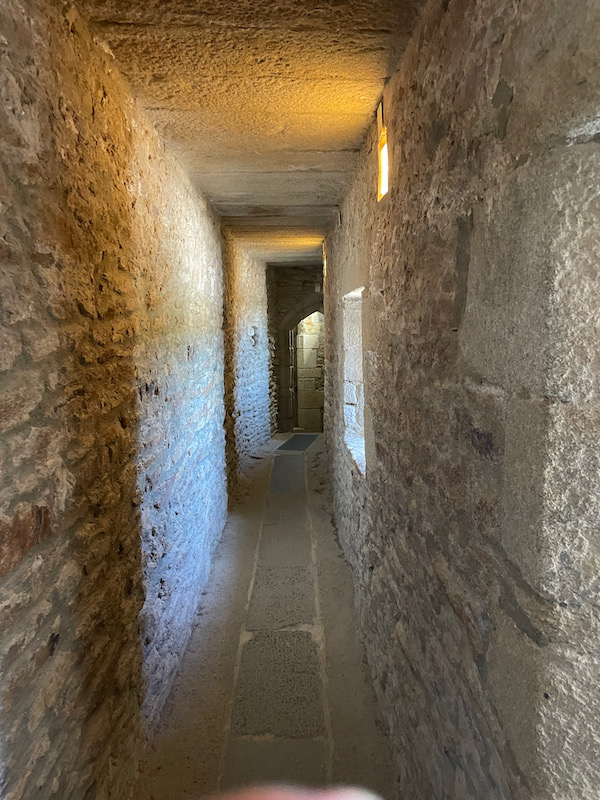
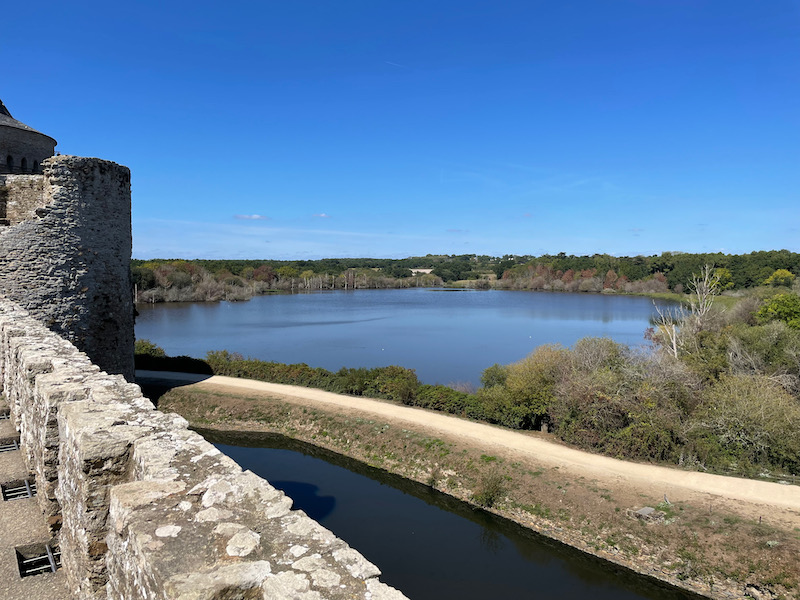
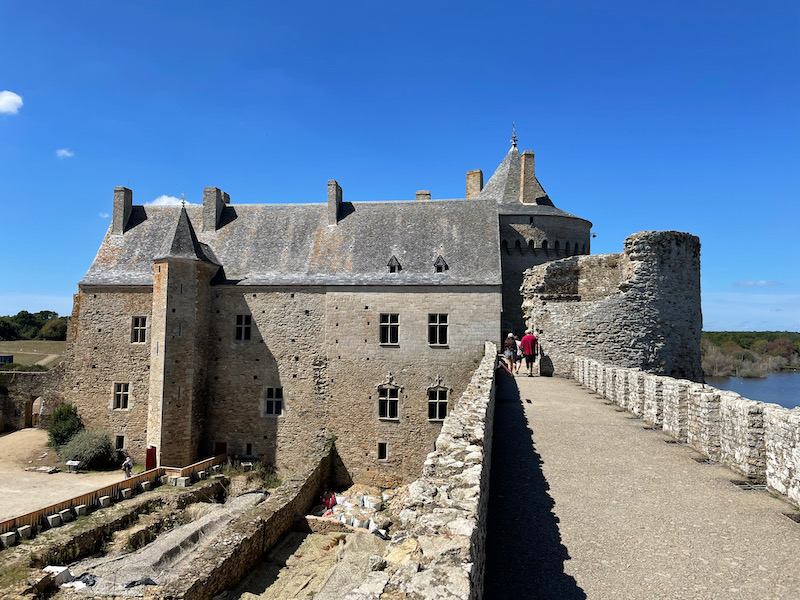
From the top view, you can see an area that looks like it is an archaeological dig area. Well, it actually is one. Since 2013, there has been a team of 25 people working here to better understand the daily life here in the Middle Ages.
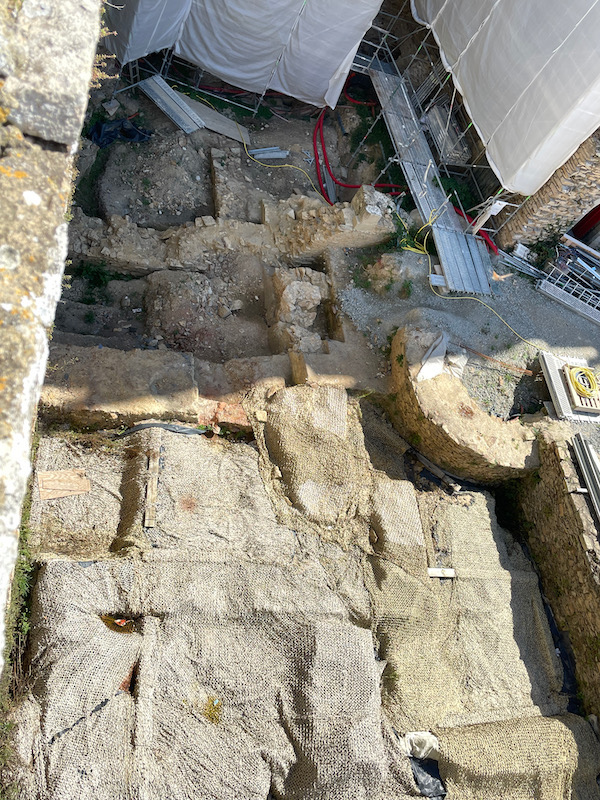
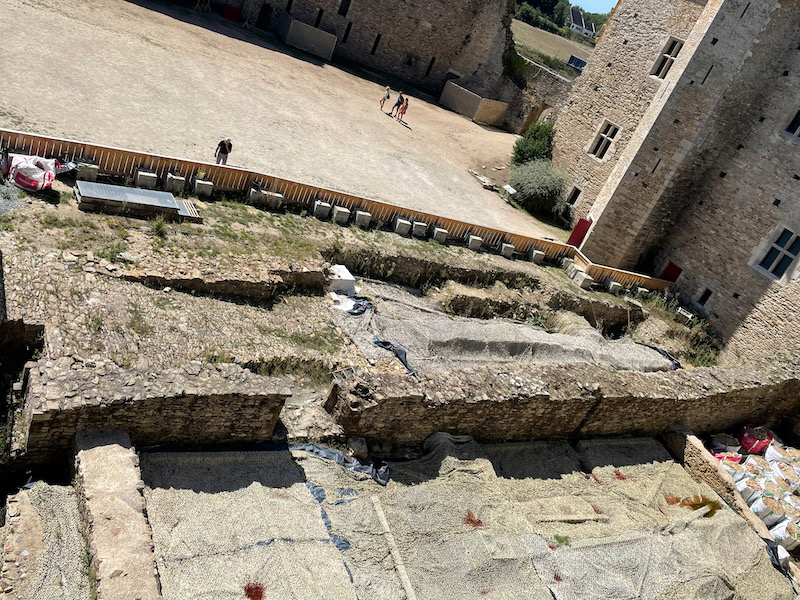
This is one of the North towers, and you can see the huge fireplace and the wood framework under the roof.
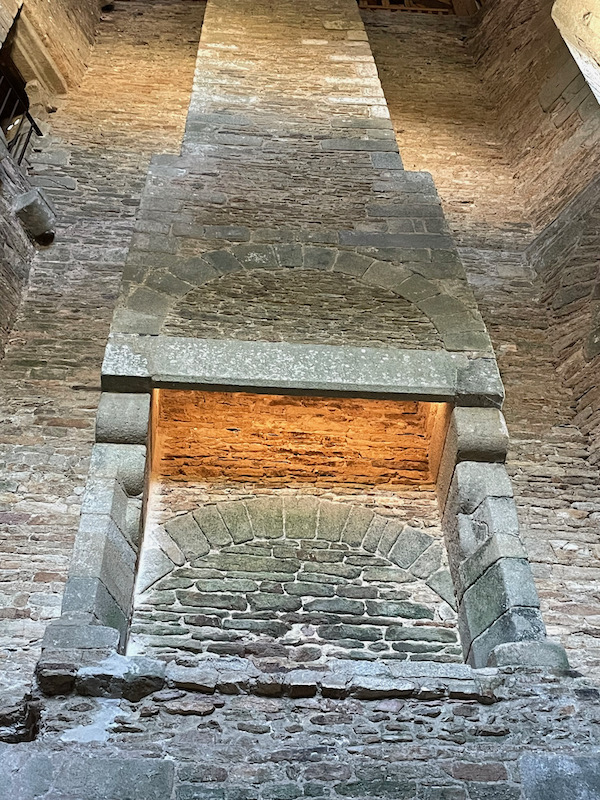
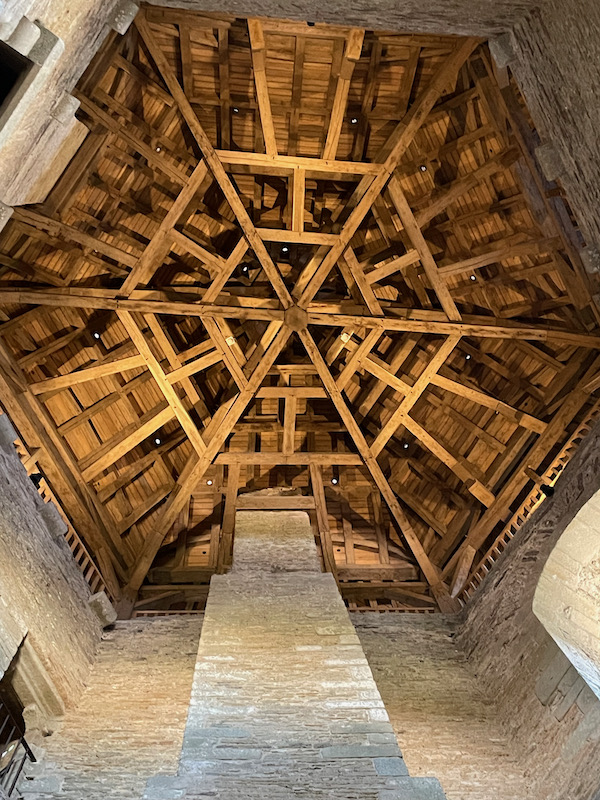
And a few final views of the main seigniorial residence from the courtyard.
